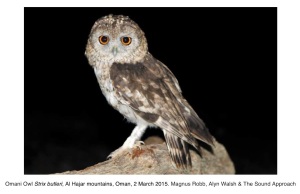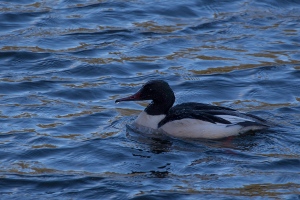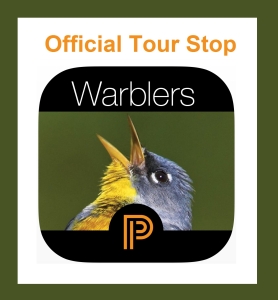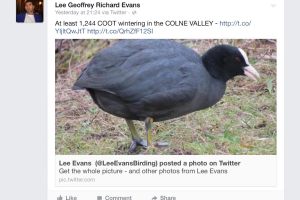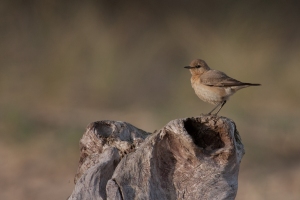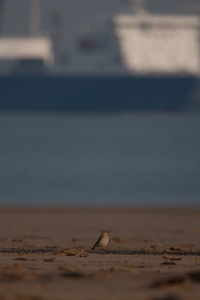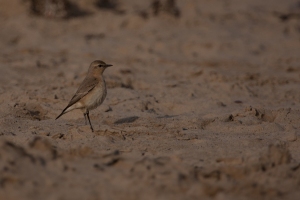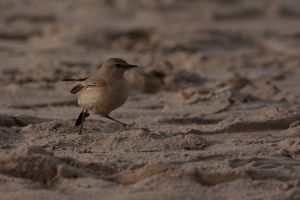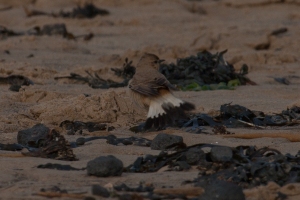Fans of The Cramps will get the title and if you don’t like The Cramps a. What is wrong with you? b. Why are we friends? Maybe we’re not.
Anyway, a blog post. First in a year? Does anyone still read blogs? If so read on.
Yesterday I went on my first twitch in absolutely ages. What did I twitch? A Purple Swamphen Porphyrio porphyrio, some call it Western Swamphen, I still prefer Purple Gallinule. Will it ever be accepted onto the BOU British List? I doubt it but then Chinese Pond Heron made so maybe.
Anyway one arriving at RSPB Minsmere we were soon watching Sizewell B Nuclear Power Station. I mean the Swampmonster.

Sizewell B

Purple Swamphen
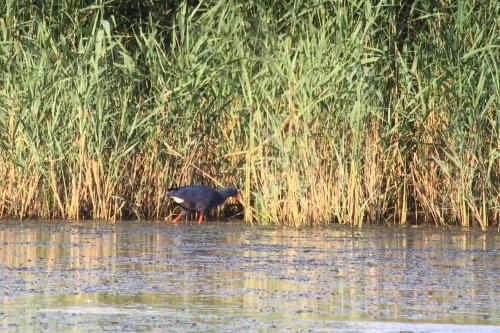
Purple Swamphen
After a while of watching the Swampdonkey walk round a pool a sort of purple haze descends on a man and it was time to head off to the visitor centre to buy some china tea cloths or something and a coffee and bacon butty.
Around the centre, as well as the stench of composting toilets, are lots of Buddleia bushes. These attracted a steady stream of insects and a steady stream of photographers.

Migrant Hawker
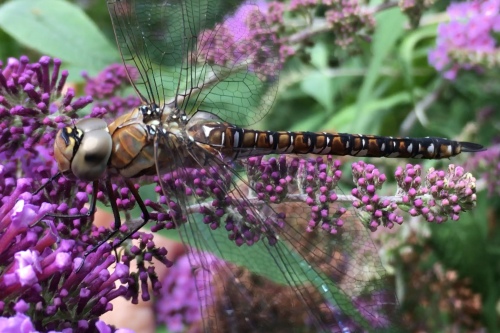
Migrant Hawker

Migrant Hawker

Peacock & Red Admiral
By now we needed to see more birds and better insects so yomped a whole 300m to look at the Stone Curlew, two adults and a chick. Can’t be too many places you can see Purple Gallinule and Stone Curlew in the same reserve.
Back towards the centre we dipped Pantaloon Bee but scored with the Beewolves and a bonus if somewhat shy Purple Hairstreak.
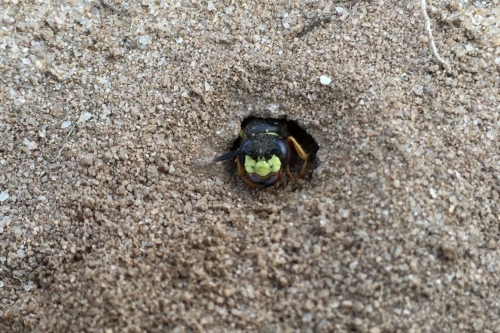
Beewolf
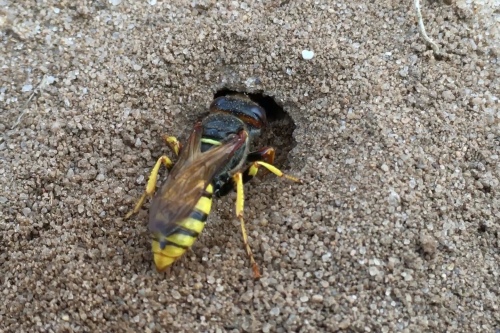
Beewolf

Purple Hairstreak
We finished our day watching a pair of Honey Buzzard put on a full flight display over Westwood Lodge at Walberswick. The three lifers in the day Brian Moore’s granddaughter Rosie certainly hit a purple patch!
All photos were either iPhonescoped (still or 4K video) or taken using the camera on the iPhone 6S. Stills from video were taken using the StillShot app.

